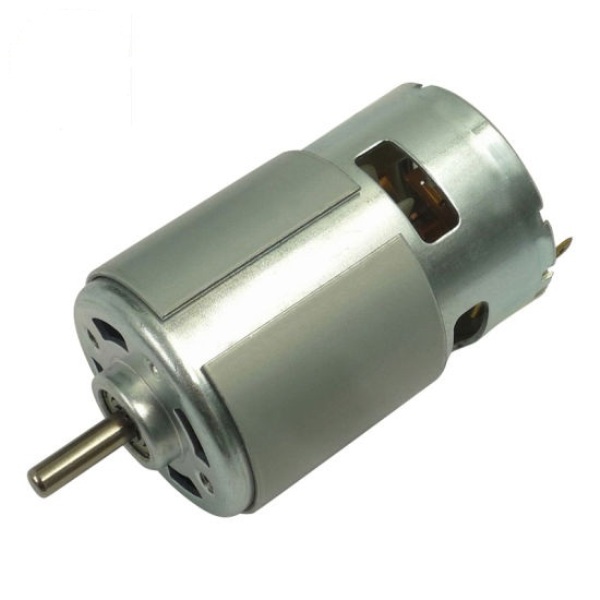The difference Auto Chain between 12v DC Motor and 24v Motor
Although generally there are similarities between a 12v DC motor and a 24 Volt Motor, there are also distinct differences. Overall, both these motors are created to perform nearly identically with the exception that a 12-volt engine draws twice the current from its 12-volt supply than what a 24-volt motor draws.
For confirmed mechanical load, the energy supplied to both motors will be similar.
Key Comparisons
Understanding their similarities is just as important as knowing about the differences between 12v DC motors and 24 volt motors. Of course, by working with the professionals at METMotors, the look and manufacturing are taken care of by highly skilled engineers. As part of the buying procedure, a firm representative can explain in greater detail the information specific to the kind of motor you wish to purchase.
However, with regard to example, a few of the crucial comparisons between a 12v DC motor and a 24 Volt Motor are provided below.
If 20 amps are necessary for a 12v DC engine to supply a particular mechanical power output, after that only 10 amps would be needed by a 24 volt engine to achieve the same level of performance.
For a simple kind of DC electric motor, the rotation is at full speed on simply no load, with swiftness determined primarily by applied voltage. As a result, if 24 volts 
Generally, a 12v DC motor will be similar in price in comparison with a 24 volt engine for the same application. The primary reason can be that the physical size of the engine can generally determine its power output.
There is also a difference among wiring for a 12-volt motor pitched against a 24 volt electric motor. For example, at 24 volts, smaller sized wire can be used for delivering power effectively, whereas for 12 volts, twice the size of wire is required to provide the same quantity of power.